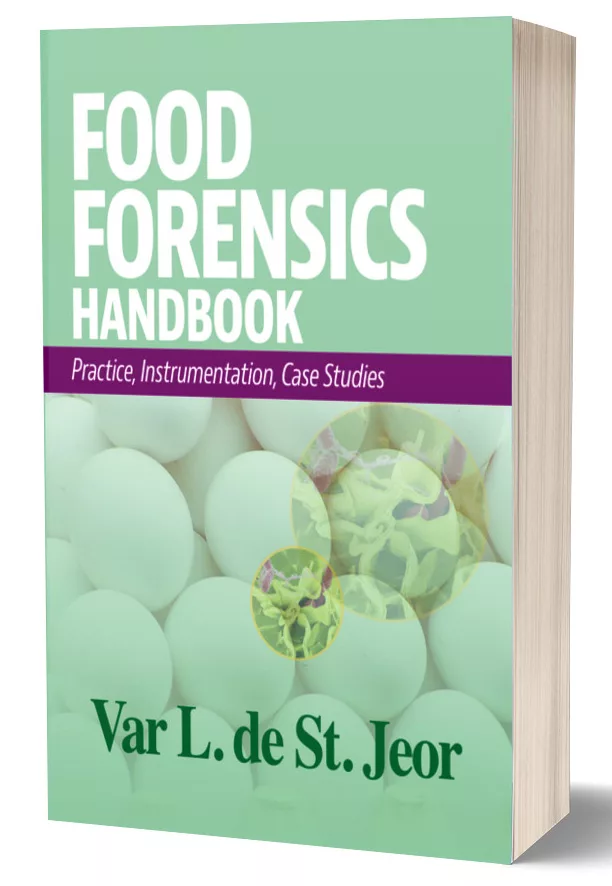Protecting Your Customers While Safeguarding Your Business
Improper or incomplete cleaning procedures can create food safety issues in a kitchen, whether it’s in a grocery store, restaurant or home. Though most people are aware of the dozens of cases of food contamination resulting in E. coli infections annually, few understand the threat presented by Listeria. Identifying the food safety issue first, which can be eliminated and controlled, is crucial to avoiding future problems.
Listeria is a food pathogen that is very common in the environment and is one of the greatest concerns for food safety because of the serious disease that it causes and its ability to grow at refrigeration temperatures. Listeria causes a disease called listeriosis. According to the Centers for Disease Control and Prevention, an estimated 76 million cases of foodborne disease occur each year in the United States. Of those cases, 2,500 are caused by Listeria monocytogenes. And, of those 2,500 cases, 20 percent of the victims die. The key to decreasing the number of cases each year is to educate food workers on food safety, and identify, eliminate and control the problem.
“Foodborne illness is absolutely devastating from any perspective,” says Dale Grinstead, Ph.D., food safety technology fellow for JohnsonDiversey Research & Development. “Beyond the cost of human lives, the societal costs are huge as well. One case of listeriosis costs an average of $1.1 million, and the costs to a business that has a listeriosis outbreak associated with it can measure in the millions.”
JohnsonDiversey, headquartered in Racine, WI, provides cleaning and hygiene products and systems to various industries including food service, lodging, healthcare, retail, food and beverage and building service contractors.
Real-World Ways to Control Listeria
But, there are preventative measures for Listeria, as well as methods of eliminating and controlling it. Dr. Grinstead, a food safety microbiologist with more than 12 years of industrial R&D experience whose responsibilities at JohnsonDiversey include providing technical input and guidance on the company’s global food safety programs, says the most important step is good training and education.
“Foodborne illness isn’t caused by bacteria—it’s caused by people making a mistake,” he adds. “Cleaning a cutting board and washing a drain may be mundane tasks, but they are important. Properly training employees and operators is important also in areas such as environment cleanliness, temperature controls and good personal hygiene practices.”
Low-cost education and training of food employees can be done in a variety of ways including food safety conferences, food safety posters and signage throughout the work place. Hiring a third party to conduct food safety audits—and sharing the results—is another way to educate employees.
The next step in good food safety practice is to identify existing problems: Listeria could be lurking in drains and on other non-food surfaces. Identifying the presence of Listeria is as simple as sampling for the food pathogen. In fact, facilities that fall under the USDA Control of Listeria monocytogenes in Ready-to-Eat Meat and Poultry Products; Final Rule (9 CFR Part 430) already are required to sample for Listeria.
Once Listeria has been identified, the next step is to eliminate it. Dr. Grinstead recommends a two-step process using JohnsonDiversey products ElimineX® (a foaming drain cleaner) and Final Step 512™ (a sanitizer). Traditional cleaning procedures require disassembling the drain, hand scrubbing and numerous other steps. Using the ElimineX® Program, the user can leave the drain cover in place and spray with the ElimineX® Foaming Drain Cleaner. After allowing it to set for 30 to 60 seconds, the user can rinse off the ElimineX® Foaming Drain Cleaner and apply the Final Step 512™ Sanitizer. The ElimineX® Program reduces the time required for the Listeria elimination process from hours to minutes.
Dr. Grinstead explains that the ElimineX® Foaming Drain Cleaner has interesting technology: When you dilute the product, it actually thickens up, allowing it to cling and hold to a vertical surface. And, when the product is diluted a second time (rinsed), it thins and easily washes down the drain. And ElimineX® Foaming Drain Cleaner is soft-metal safe: It can be used on any type of plumbing, including aluminum, cast iron, PVC and brass drains.
According to Dr. Grinstead, the final step in eliminating Listeria is to control it by following proper sanitization guidelines. “Listeria is ubiquitous,” he explains. “It’s commonly found in soil, so that means there’s no way to keep it from coming back. But by applying proper practices of cleaning and monitoring for Listeria, employees can better control the situation. With the appropriate tools and education, staff should understand how to identify Listeria problem areas, reduce the risk of listeriosis with proper cleaners and cleaning practices and keep their work environment controlled against future outbreaks.”
www.diversey.com
Looking for quick answers on food safety topics?
Try Ask FSM, our new smart AI search tool.
Ask FSM →





